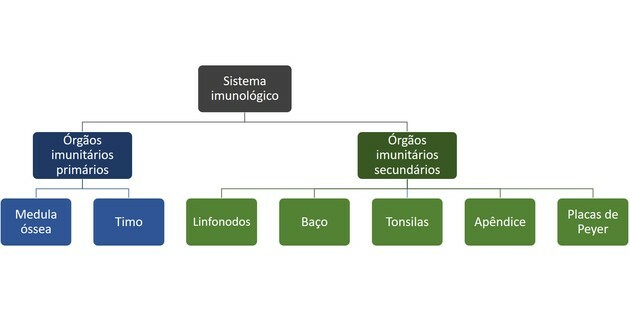Sexual reproduction consists of the union of male and female gametes, forming the zygote that will give rise to a new being.
Reproduction is a characteristic of living things. From it, new individuals are generated and the perpetuation of the species is ensured.
It is through reproduction that genetic information is transmitted between generations.
Each originating individual inherits the genetic material of its parents.
Stages of Sexual Reproduction
The stages of sexual reproduction are as follows:
Gamete production
In animals, gametes are formed during meiosis in male and female gonads.
In humans, the male gonads are the testes and produce sperm. The female gonads are the ovaries and produce eggs.
Gametes are haploid, that is, they contain half the total number of chromosomes of the species (n).
read about Gametes and Gametogenesis.
Fertilization
THE fertilization consists of union between the female (n) and male (n) gamete.
The zygote or egg cell is the result of the union between the two gametes, originating a diploid cell (2n).
Thus, the offspring have characteristics of each parent. Its genetic material consists of half of the chromosomes of maternal origin and the other half of paternal origin.
Fertilization can be internal or external:
In the case of external fertilization, the encounter between the gametes takes place outside the body, that is, in the environment.
In this type of fertilization, females deposit their eggs in an aquatic environment and the male releases his sperm. The union between gametes takes place in the environment.
External fertilization occurs in frogs and fish.
In the case of internal fertilization, the encounter between the gametes takes place inside the organism. Male gametes are placed inside the female organism.
Mammals, birds and reptiles carry out internal fertilization.
The human being performs sexual reproduction with internal fertilization.
Understand how the human fertilization.
After fertilization, the zygote undergoes a series of divisions and differentiations, according to the organism, until it originates a new being.
Learn more about Internal and External Fertilization.
Sexual Reproduction in Plants
Plants can reproduce sexually or asexually.
In the case of sexual reproduction, gametes are produced in gametangia.
The male gametangi are the stamens and the female gametangi are the carpels.
Sexual reproduction is characterized by the transfer of pollen grains to the reproductive system of plants, through pollination.
Asexual and Sexual Reproduction
As all organisms reproduce, there are several reproduction processes that are divided into two groups: asexual reproduction and sexual reproduction.
THE The main difference between these two types is the fact that in asexual reproduction the offspring originate from a single parent..
Thus, the offspring are clones of the parents. Thus, asexual reproduction does not contribute to genetic variability.
Also read about what is reproduction and the differences between asexual and sexual reproduction.



